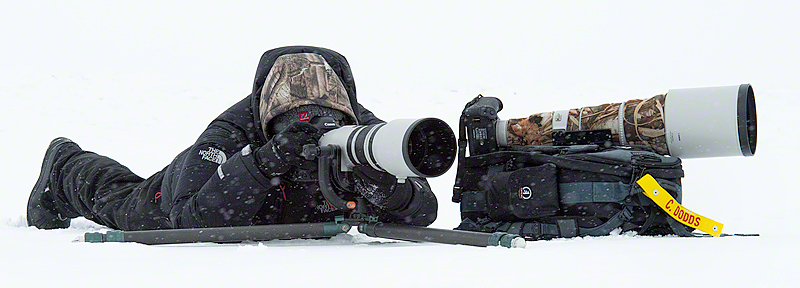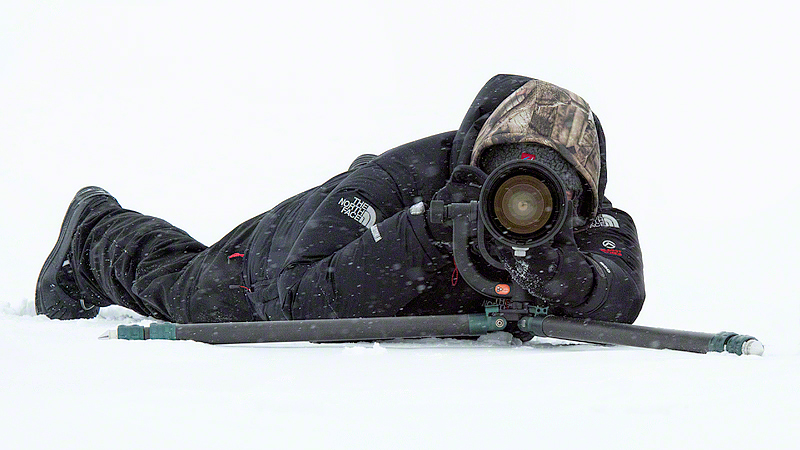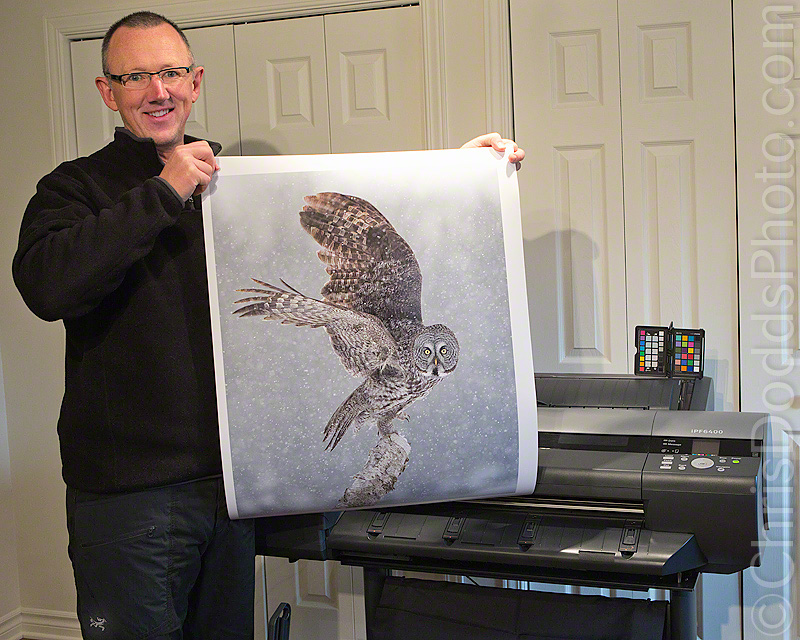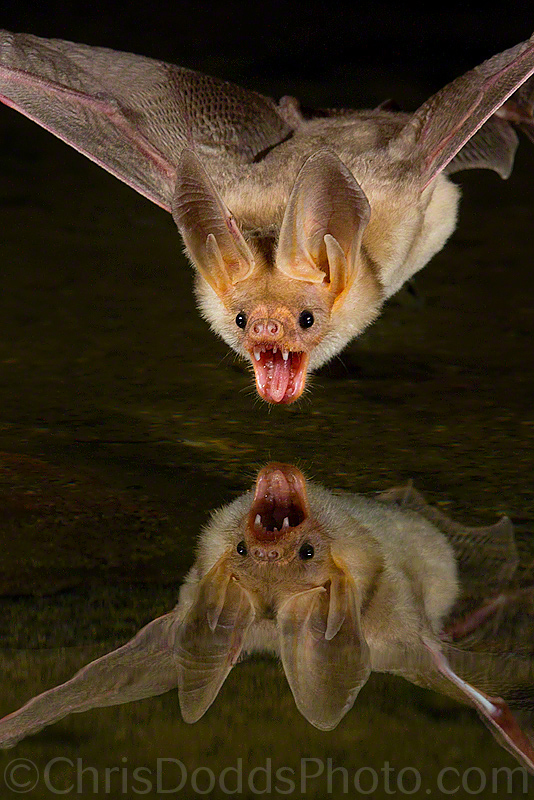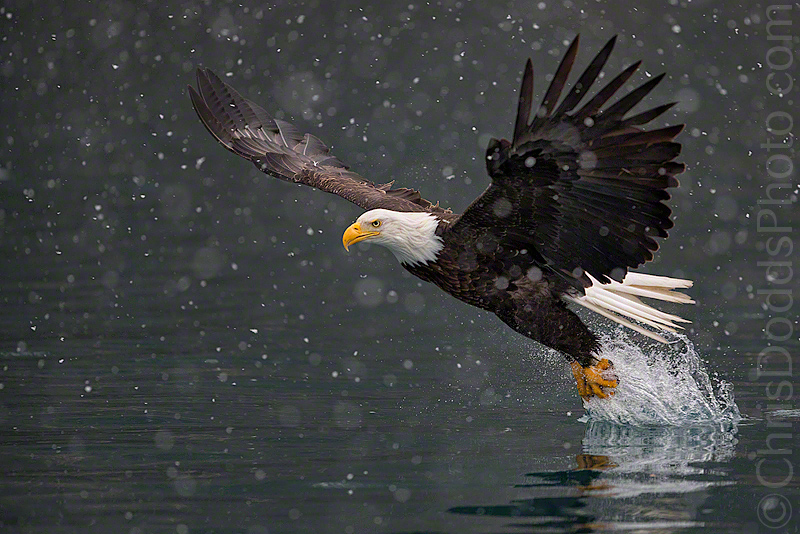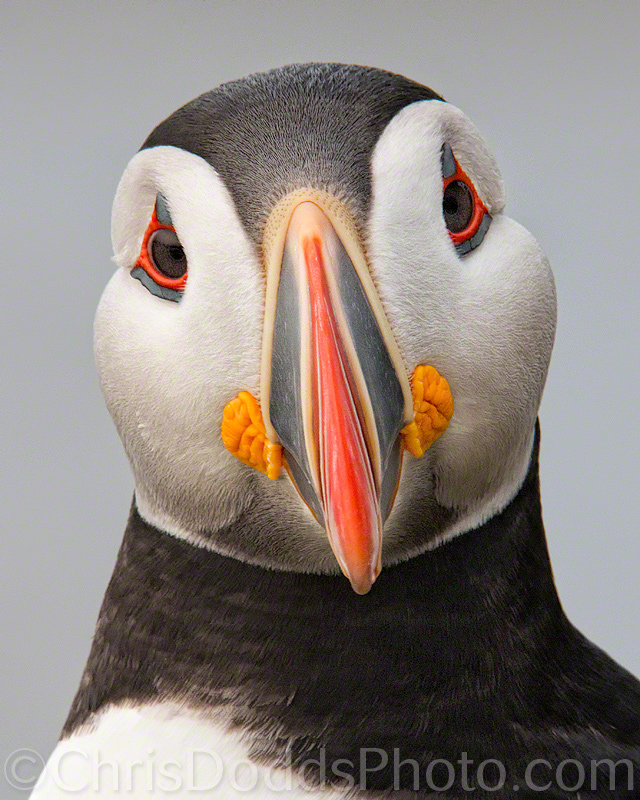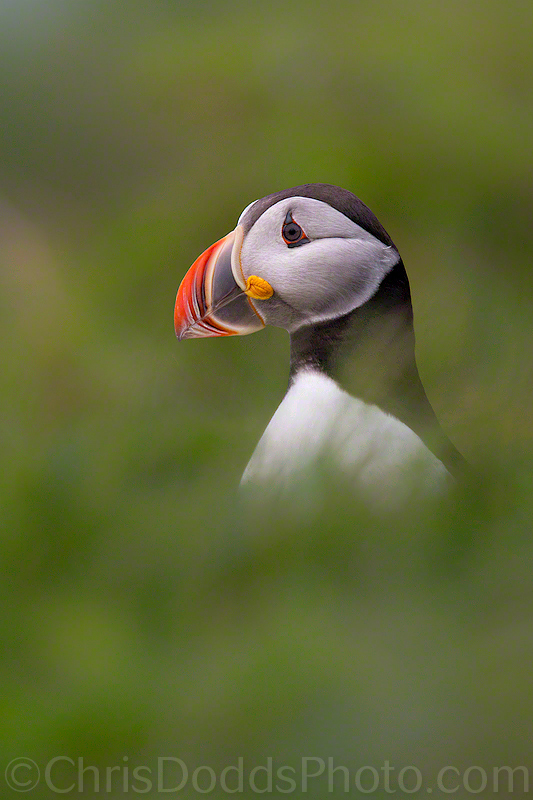Snowy Owl FRIGID SUNSET @ -34℃ (Bubo scandiacus, Harfang des neiges, SNOW) Ontrario. Image Copyright ©Christopher Dodds. Canon EOS Canon EOS 1DX, 600mm F4 L IS II, 1.4X Extender III, Jobu Jr. 3 and Jobu Designs Algonquin Tripod ISO 2,000, f/5.6 @ 1/2,500s Manual mode. PURCHASE A PRINT or LICENSE IMAGE FOR PUBLICATION HERE.
It's been a whirlwind of a year so far, with eight weeks of sold-out owl prowls and three weeks of sold-out Bald Eagle workshops under my belt so far ... and it's only April 1. I have had an awesome year so far, and it's only just begun!
Here's a Snowy Owl from one of the coldest days of the winter, in some of the sweetest light. There are still a few (only a few) openings for my 2015 owl prowls ... have a look HERE
The Ultimate Birds in flight Workshop
If you want to attend the premier workshop to learn bird photography, then this is it. There are birds to photograph all day long, thousands at point-blank range. I stopped counting after spending more than a year of my life on Bonaventure Island, have an intimate knowledge of the location, the subjects and the people (we often get special privileges, among them is the park transporting our gear up to the colony each day).
I have hosted hundreds of workshops on Bonaventure Island and my record stands for itself. Simply put; if you want to master birds in flight photography, then this is the workshop for you.
Read more about my Gannets Galore workshop HERE
I attended Christopher Dodds’ “Gannets Galore” workshop in Perce, Quebec, Canada. I have attended many wildlife photo workshops over the years and this workshop was a 10+ without a doubt. The trip was exactly as he described on his web site; no overpromising and under delivering.
Chris provided access to a colony of 63,000 nesting pairs of Northern Gannets (and at least as many non-breeding birds) and his relationships with the local park staff allowed us to get to locations in the park that were closed to the public. Throughout the trip he was cheerful, very well organized and took care of all those details (and this was a complicated location) that can ruin an experience.. I was able to concentrate on what I came to do…..photography.
As a professional photographer I know my field, but it is a major bonus to find someone who can provide instruction to me. My flight shots improved dramatically! Chris has an uncanny understanding of composition and light and presented me with many opportunities to test my skills. He understands creativity in photography as well as being a technical master. This trip was perfect for a beginner or a professional and he gives as much instruction and guidance as you need without arrogance, attitude or making you feel too shy to ask. I would encourage any photographer, no matter what level, to sign up for Chris' workshops."
Terry Turrentine San Francisco, California USA
Testimonial
Winter owl photography was near the top of my bucket list. My research kept ending up with one name, Christopher Dodds. I had participated in nine previous field instructional photo tours throughout the USA, Canada, Japan and the Falklands with six different professional photographers all of which were excellent but this one was a cut above.
The best field photography instructors are professionals, formally trained in photography and have extensive experience in studio work as well as other areas. Chris Dodds comes with those credentials and 20 plus years as an outdoor photographer and is a sub specialist in winter owl photography. He understands and teaches from the basics to the most advanced science and technical knowledge in the field.
Beyond the photography Chris’ Owl Prowl stands out as the model for a highly successful experience. After 20 plus years of developing relationships and infrastructure his photo tours are characterized by superb organization, logistic, transportation, and communication. We stayed on schedule at a relaxed pace and he was always mindful of our small group's personal safety during extreme weather conditions.
The return on my investment and expectations in Chris Dodds' Great Owl Prowl was excellent. It's true! you get what you pay for.
CJ Hockett Vermont USA www.cjhockett.com


